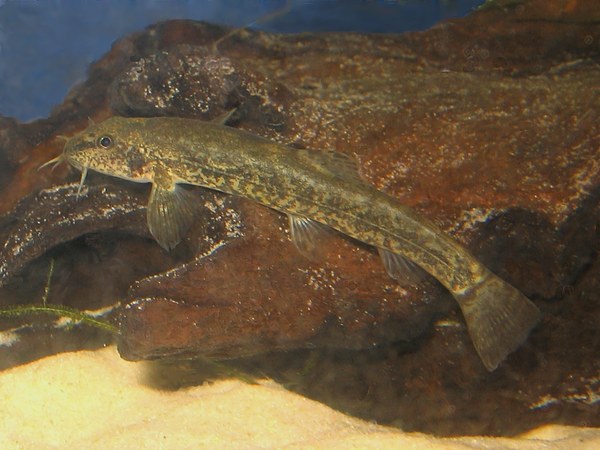Barbatula barbatula
Summary
Scientific name: Barbatula barbatula (Linnaeus, 1758)
Common name: Stone Loach, plus numerous local names due to wide international distribution.
Synonyms: Nemacheilus barbatulus barbatulus, Orthrias barbatulus, Noemacheilus barbatulus, Nemachilus barbatulus, Noemacheilus barbulatus, plus numerous others.

Distribution: Widespread throughout virtually every European country, including Great Britain and introduced in Ireland. China, Japan, North and South Korea, Russia, Ukrain.
Sexual Dimorphism: Females are generally larger with a rounder abdomen.
Maximum size: 8.25 Inches (21cm)
Similar to: Barbatula toni.

Care: The aquarium should have a decent flow rate and be well-oxygenated. A substrate of fine sand to allow digging and lots of smooth rounded pebbles and numerous shelters such as bogwood and slate. Reasonably bright lighting to simulate the shallow stream beds in which they are found.
Feeding: Most foods accepted. Commercial sinking formulations and bottom-dwelling live-foods. Frozen foods such as Bloodworm, Brine shrimp, Daphnia.
Water parameters: pH: 6.0-7.5 Hardness: Soft-medium Max dh: 12
Temperature: 57.2ºF to 64.4ºF (14-18°C) Colder in Winter
Breeding: None reported in aquarium. Spawns once a year in low productivity streams, but exhibits multiple spawning within a season in high productivity environments. Eggs are a dull white and layed among stones and water plants.

Above: male; Below: female.

Notes
Not really suitable as an aquarium inhabitant in a domestic situation because of low temperature requirements.
Lives in multiple rivers and lakes throughout range. Known to eat benthic crustaceans, molluscs, worms, fish eggs and fry in the wild.
Sensitive to pollution and low oxygen levels, therefore, its presence in a river can be taken as an indication of good water quality.
Photo Gallery
Click to view all images of this species! |
|
Document Actions

